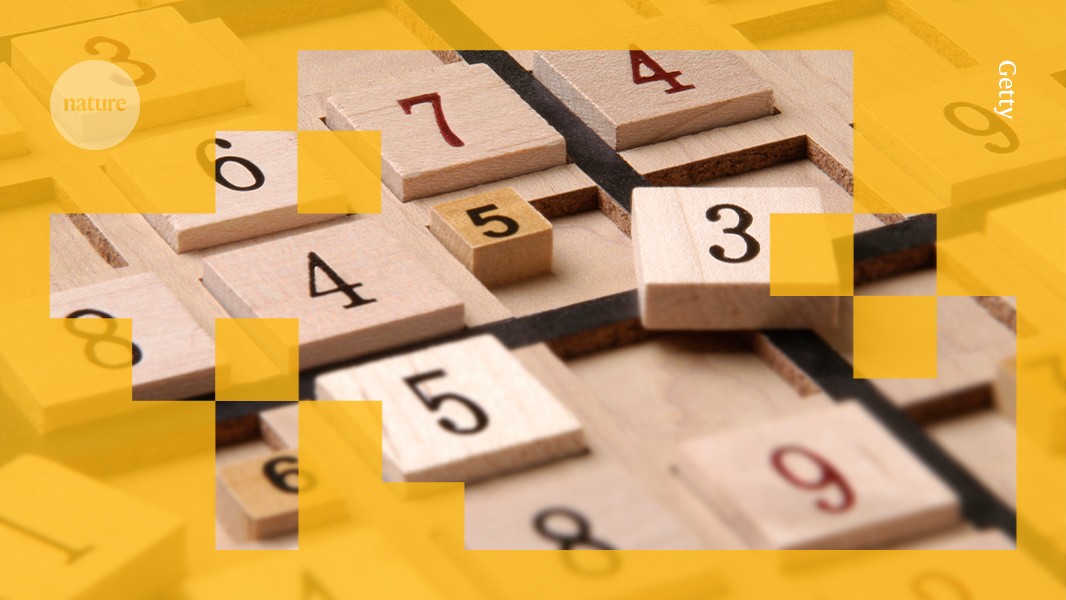[Submitted on 17 Jul 2025 (v1), last revised 22 Jul 2025 (this version, v2)]
Abstract:A scalable approach for chrysopoeia - the transmutation of base metals into gold - has been pursued for millennia. While there have been small-scale demonstrations in particle accelerators and proposals involving thermal neutron capture, no economically attractive approach has yet been identified. We show a new scalable method to synthesize stable gold $\left( \mathrm{^{197}Au} \right)$ from the abundant mercury isotope $\mathrm{^{198}Hg}$ using $(n, 2n)$ reactions in a specialized neutron multiplier layer of a fusion blanket. Reactions are driven by fast $14\, \mathrm{MeV}$ neutrons provided by a deuterium-tritium fusion plasma, which are uniquely capable of enabling the desired reaction pathway at scale. Crucially, the scheme identified here does not negatively impact electricity production, and is also compatible with the challenging tritium breeding requirements of fusion power plant design because $(n, 2n)$ reactions of $\mathrm{^{198}Hg}$ drive both transmutation and neutron multiplication. Using neutronics simulations, we demonstrate a tokamak with a blanket configuration that can produce $\mathrm{^{197}Au}$ at a rate of about 2t/$\mathrm{GW_{th}}$/yr. Implementation of this concept allows fusion power plants to double the revenue generated by the system, dramatically enhancing the economic viability of fusion energy.Submission history
From: Jason Francis Parisi [view email]
[v1]
Thu, 17 Jul 2025 18:13:11 UTC (7,292 KB)
[v2]
Tue, 22 Jul 2025 17:16:47 UTC (7,292 KB)
.png)




